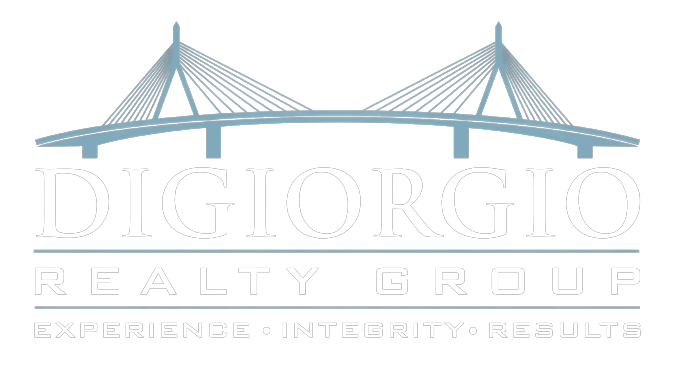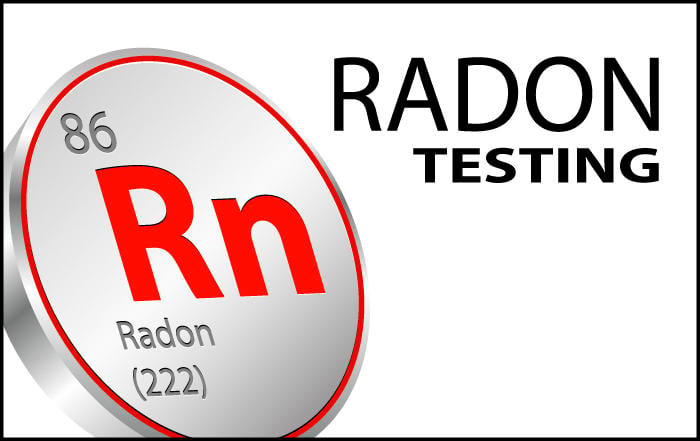 Do you know radon is the leading cause of lung cancer in the U.S.?
Do you know radon is the leading cause of lung cancer in the U.S.?
According to the U.S. Environmental Protection Agency (EPA), most homes with high levels of radon gas can be remedied. If you have tested your home for radon and have confirmed elevated radon levels (4 picocuries per liter in air [pCi/L] or higher), consult your local health agency or radon authority for help to:
Select a qualified radon mitigation contractor. The EPA recommends working with a state-certified and/or qualified radon mitigation contractor trained to remedy radon issues.
Determine an appropriate radon reduction method.
Maintain your radon reduction system. Some radon reduction systems mitigate radon levels by up to 99 percent.
The cost to reduce radon generally ranges from $800 to $2,500, according to the EPA. Most types of radon reduction systems cause some loss of heated or air conditioned air, which could also increase utility bills. How much of an increase will depend on the climate you live in, what kind of reduction system you select, and how your house is built.
For most cases, the EPA recommends methods that prevent the entry of radon. Soil suction, for example, prevents radon from entering your home by drawing radon from below the house and venting it through a pipe above the house, where it is diluted. In houses that have a basement or a slab-on-grade foundation, radon can be reduced by one of four types of soil suction: subslab suction, drain tile suction, sump hole suction, or block wall suction. In houses that have a crawlspace, radon can be redocued through sub-membrane suction, a process in which radon is drawn from underneath a high-density plastic sheet covering the ground below the house.
Other radon reduction techniques, according to the EPA, include sealing, pressurization, heat recovery ventilation, and natural ventilation.
For assistance with radon reduction, call 1-800-SOS-RADON, or visit EPA.gov/radon/.


